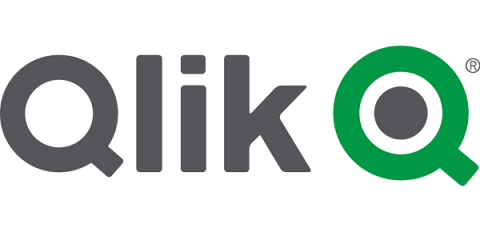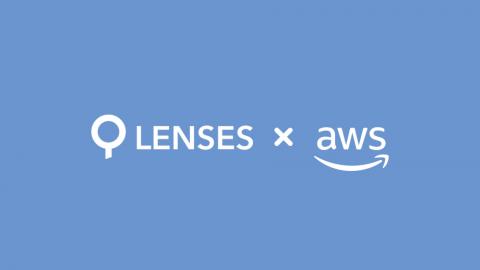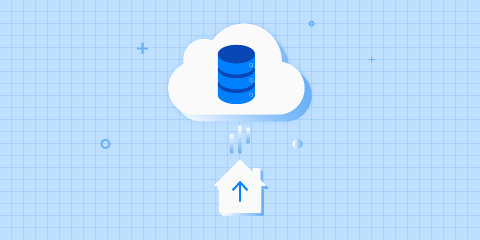Do Cloud Better with an Enterprise Data Cloud
Cloud for analytics may be the biggest bait and switch in recent history. Until now. Not long ago, cloud was billed as the promised land – a mystical paradise of flexibility, scalability, performance and, best of all, lower costs than we ever thought possible.







